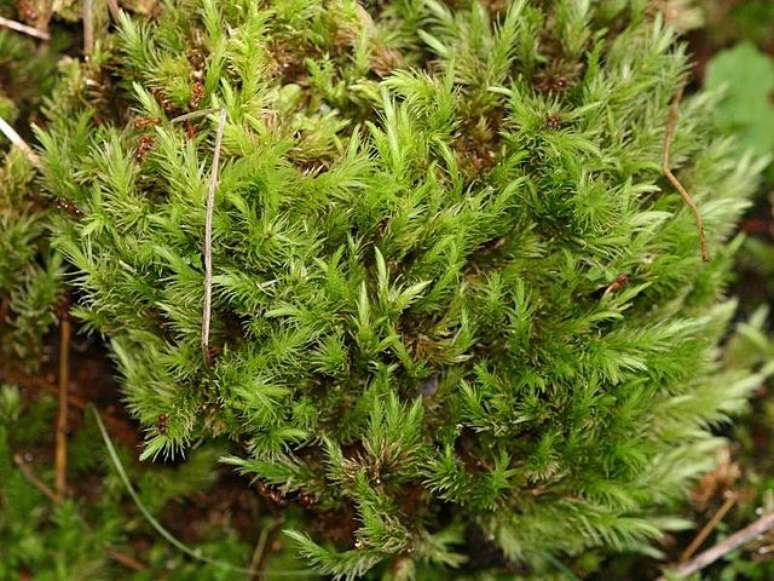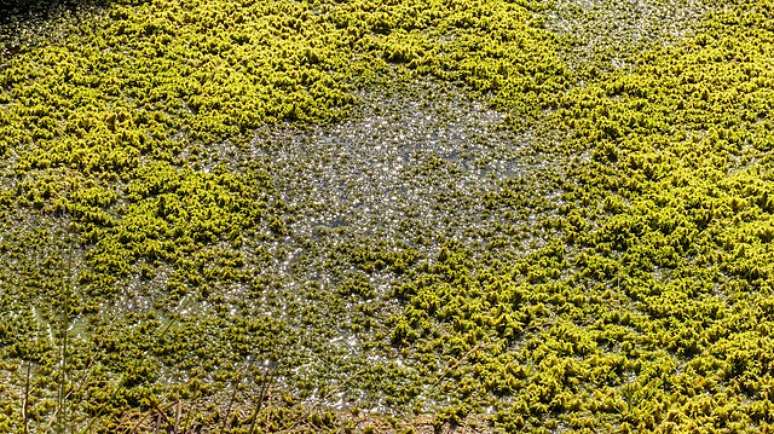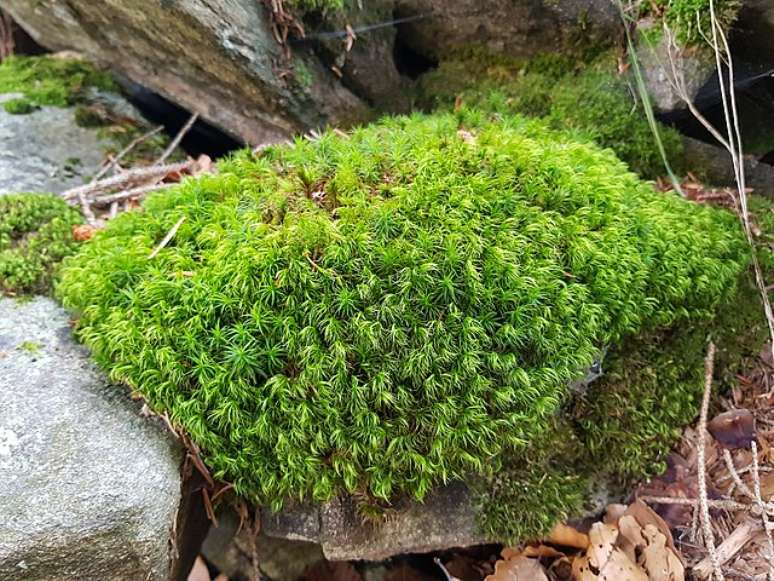Landscape designer Elaine Kalil explains the benefits of having a moss garden, how to plant it and even the applications in interior design.
You mosses They were once seen as an unsightly part of the garden, but luckily they are becoming a trend! “Mosses play an important role in nature, they help stabilize the soil, absorb water and nutrients and provide habitat for small organisms,” explains the landscape designer Elaine Kalil. They are especially essential in areas exposed to the elements as they help with soil formation. The landscape designer explains how to create a moss garden and its benefits.
What are the advantages of growing mosses in the garden?
Just like in nature, mosses:
- Retain moisture in the soil.
- Promote biodiversity by attracting beneficial insects.
- Add a natural aesthetic to the environment.
How to Grow a Moss Garden

Elaine shares some ways to do this:
Moss on the floor
Allow moss to grow in the soil to preserve moisture and temperature. If necessary, transplant carefully into desired areas.
For transplant
Carefully remove the moss and transplant to a moist area, pressing gently. Water and let nature do the rest.
In the vases
Mosses can also be grown in indoor pots as long as there is adequate humidity.
He reiterates that “growing mosses not only adds a green touch to your garden, but also promotes a healthy and sustainable environment.”
In terrariums
Favored by plant mothers and fathers, terrariums can also be a home for mosses, as long as they are there good drainage and adequate humidity.
“Moss terrariums are a versatile and charming option for decorating your home or as a gift for someone special, in line with the growing trend of biophilia in decoration. In addition to serving as decorative pieces, these terrariums can also be used as habitats for small reptiles and amphibians. With the growing demand for natural elements in decoration, moss terrariums have become a popular choice, offering beauty and a touch of nature to environments,” says Elaine.
What types of mosses can I grow?

The landscape designer lists three main classes of mosses: Sphagnidia, Andreaeidi and Bridi.
Sphagnids (peat mosses): These are mosses that are distinguished by having phyllodes (green part of the moss) with large, dead cells and perforations. This gives them an exceptional water absorption capacity.
Andreaeidae (granitic mosses): They are commonly found in mountainous regions, in granite or limestone rocks.
Bryidae (true mosses): it is the class that includes most species of mosses.
“Each type of moss has its own characteristics and benefits, so it’s interesting to explore and find out which one best suits your space and needs,” says Elaine. Care includes keep the soil moist, provide partial shade and avoid excessive foot traffic.
Mosses in architecture: a solution for environmental comfort

In recent architectural projects, mosses are also gaining space alongside vertical gardens. According to Elaine, they bring benefits environmental comfort, reducing noise and increasing air humidity.
“Moss, one of the oldest and most resilient plants, grows on virtually any surface and can survive for years, regrowing when exposed to moisture. In addition to stabilizing soil and preventing flooding, moss walls create ideal serene and tranquil environments to promote well-being these walls help filter the air, absorbing pollutants and producing oxygen, which helps create a healthier atmosphere.”
In addition to environmental comfort, the landscape designer strengthens the Importance of plants for well-being and the possibilities of moss wall indoors as a low maintenance alternative For incorporate biophilia and have access to its countless advantages.
“Studies have shown that moss walls reduce stress, improve mood and concentration, and decrease anxiety in healthcare settings. Additionally, moss is a cost-effective alternative to living walls as it does not require constant maintenance, replacing plants or pesticides, making it a sustainable option for construction projects.”
Finally, Elaine shares with us a spoiler of her space at CASACOR 2024: “In my space at CASACOR 2024 I will use moss, on rocks!”
Source: Terra
Ben Stock is a lifestyle journalist and author at Gossipify. He writes about topics such as health, wellness, travel, food and home decor. He provides practical advice and inspiration to improve well-being, keeps readers up to date with latest lifestyle news and trends, known for his engaging writing style, in-depth analysis and unique perspectives.









